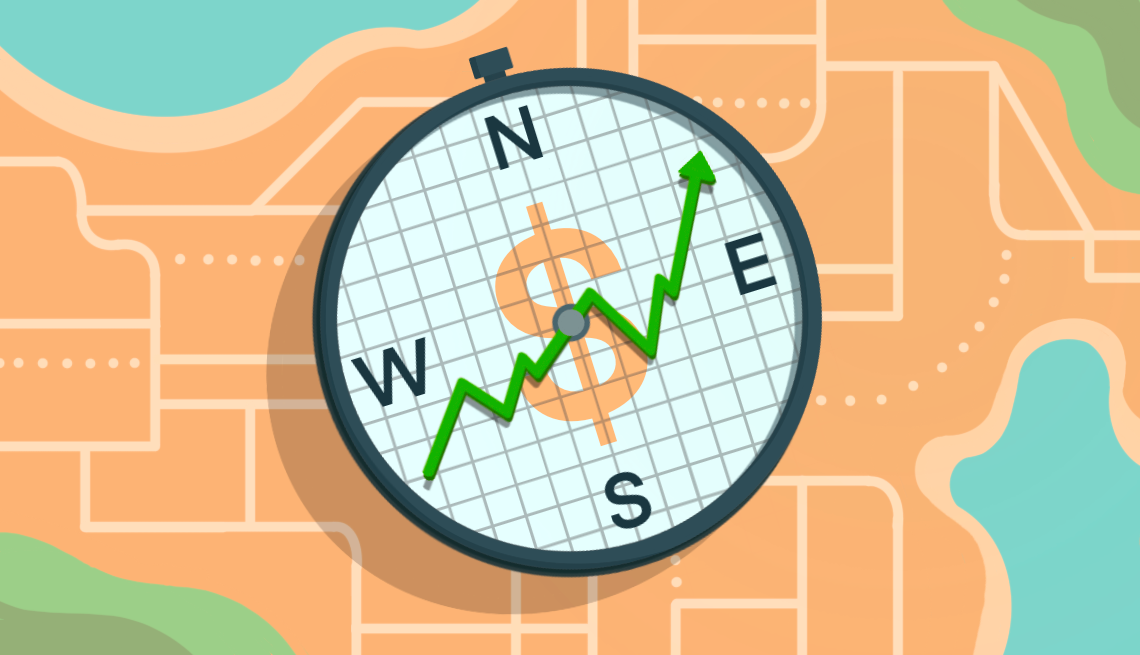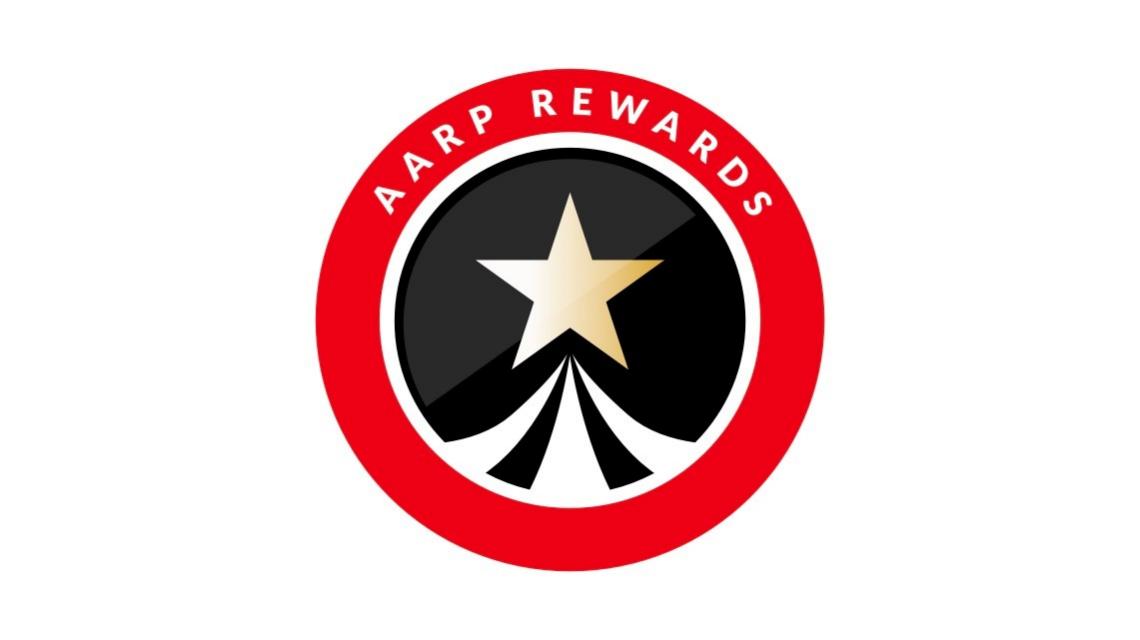Staying Fit
Medicare Part B helps pay for doctor visits, lab tests, diagnostic screenings, preventive care, medical equipment, ambulance transportation and other outpatient services, but there are still some out-of-pocket costs:
- A deductible, which you must pay before Medicare will cover your doctor’s charges and other outpatient services.
- Coinsurance, the percentage of the costs you pay for doctor’s visits and outpatient services.
- A premium, the monthly charge you pay for Medicare Part B.
- A late fee for Part B if you didn’t sign up at the proper time.


AARP Membership— $12 for your first year when you sign up for Automatic Renewal
Get instant access to members-only products and hundreds of discounts, a free second membership, and a subscription to AARP the Magazine.
How much are the premiums for Part B?
Most people pay $174.70 a month for Medicare Part B in 2024. You pay the premium to the federal government whether you’re participating in original Medicare or a Medicare Advantage plan from a private insurer.
If you’re receiving Social Security benefits, the monthly premium is deducted from your monthly benefit payments. If not, Medicare will bill you quarterly or you can set up an electronic payment.
How does late enrollment affect Part B premiums?
If you don’t sign up for Medicare when you’re first eligible or qualify for a special enrollment period, you may have to pay a late enrollment penalty.
The Part B late enrollment penalty adds 10 percent to the standard Part B premium for each full 12-month period when you should have had Part B but didn’t. This penalty lasts for your lifetime.
So if you delayed enrolling for 40 months after you were eligible, you would pay a penalty based on 36 months without coverage, or three years. For 2024, that’s more than $50 additional — $174.70 x 0.1 x 3 = $52.41 — you’ll pay each month. In total, you could pay a penalty of more than $625 a year. In this case, your monthly premium would be $227.10 because the amount is rounded to the nearest 10 cents.
The penalty is recalculated when the next year’s premium is announced.
Usually, you need to sign up for Medicare during your seven-month initial enrollment period, which starts three months before the month you turn 65 and ends three months after your birthday month. However, you may be able to delay if you or your spouse still works and you have health insurance through either of your employers. In that case, you need to sign up for Medicare Part B before your employer coverage ends or within eight months of losing your job-based coverage to avoid the late enrollment penalty.




































































More on Medicare
10 Common Medicare Mistakes to Avoid
Errors can prove costly to new enrollees
10 Things Medicare Doesn’t Cover
You’ll need to plan ahead to pay for some common medical expenses
10 Steps to Take After You Sign Up for Medicare
Just enrolled? You can put your new Medicare coverage to good use